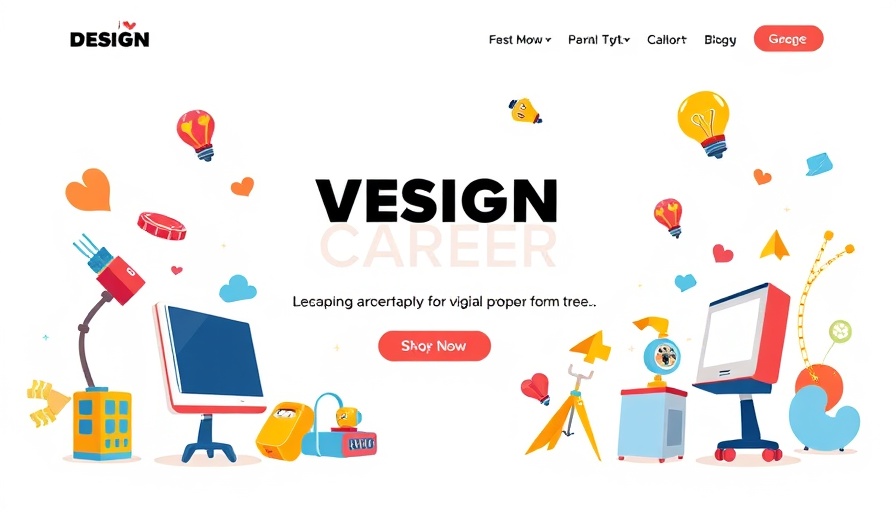
Cascading Style Sheets: From Simple to Smart
When Håkon Wium Lie proposed Cascading Style Sheets (CSS) in 1994, it was a straightforward tool for styling web content. Fast forward to today, and CSS has evolved in remarkable ways, moving from a decorative role to embracing logical capabilities that enhance responsive design and interactivity. The advent of features like container queries and the if() function signals a shift in how developers perceive and utilize CSS.
The Journey of CSS: A Historical Overview
The evolution of CSS has been gradual but impactful. Initial implementations focused on basic presentation elements like fonts and colors, presented in CSS1 and later expanded in CSS2.1. As web development grew more complex, developers relied on workarounds for layout issues, leading to challenges in maintaining clean, functional code.
This historical context reveals a language designed to keep content separate from presentation, initially focusing on simplicity. Yet, with web demands increasing, it has become essential for CSS to adapt and become more dynamic, addressing developer frustrations with static layouts.
Modern Capabilities: What’s New in CSS?
The latest developments in CSS showcase a deliberate move towards including more logical constructs. With features like container queries, developers can now tailor styles based on the size of container elements rather than viewport size. This advancement allows for more granular control over responsive design, reducing the need for excessive media queries.
Moreover, the introduction of the if() function empowers developers to implement conditional styling directly in CSS without turning to JavaScript, simplifying the coding process and eliminating potential complexities.
The Growing Complexity: Is It Too Much?
However, with these evolutions comes a question regarding complexity. Are the new features creating hurdles for developers, or are they simply a natural progression? Some argue that the increasing sophistication requires deeper knowledge of CSS, which can be intimidating for newcomers. Yet, others point out that with powerful tools comes powerful capability that ultimately makes development more efficient.
A Change in Developer Mindset
This shift in CSS is not just about new features; it's about rethinking how developers interact with the language. As CSS takes on more responsibility traditionally held by JavaScript, there’s a growing understanding that mastering CSS will be crucial for effective web design. Developers must adapt, learning to leverage new capabilities while managing potential complexities.
Future Insights: Trends to Watch
As CSS continues to evolve, trends point to an enhanced landscape where CSS plays an integral role in not just design but functionality. Innovations like CSS Houdini, which allows developers to extend CSS’s capabilities further, present exciting possibilities for the future. This will not only improve user experiences but also open avenues for performance optimization and creative designs.
Conclusion: Embracing the Future of CSS
CSS is clearly on a path to becoming more complex but also dramatically more powerful. As it begins to blend presentation with logic, developers face the exciting challenge of mastering this evolution. Rather than viewing CSS solely as a styling tool, developers must shift their perspective and consider it a foundational component of web functionality.
Additionally, gaining proficiency in the latest CSS practices not only benefits developers but enhances the overall user experience. As we move forward, embracing these changes will be vital for those aiming to succeed in the rapidly evolving world of web development.
 Add Row
Add Row  Add
Add 




Write A Comment